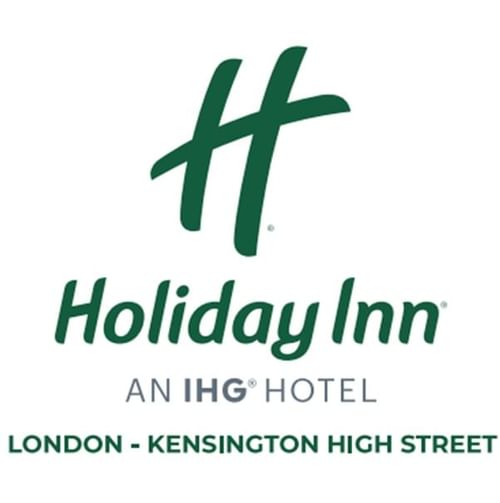Explore London

Contrary to popular belief, the name "Big Ben" actually refers to the bell inside this famous landmark in London, not the tower or the clock itself. The clock tower is 316 ft. high and was completed between 1858 and 1859. The Roman numerals on the clock face measure 2 feet in length and, incredibly, the clock mechanism alone weigh around five tons.

British Airways London Eye is the world’s highest observation wheel and offers passengers amazing views of Britain’s capital city. The Eye takes guests on a 30-minute flight, rising to 450 feet above the River Thames, in 32 high tech, fully enclosed capsules.
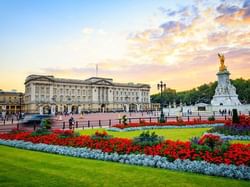
Buckingham Palace is the official London residence of The Queen. It has been the official residence of Britain’s sovereigns since 1837 and evolved from a town house that was owned, from the beginning of the eighteenth century, by the Dukes of Buckingham. Areas of Buckingham Palace are opened to visitors on a regular basis; the State Rooms are opened in August and September each year, and the Royal Mews is open throughout the year.
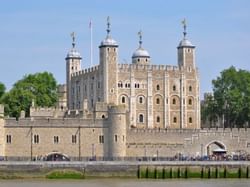
Begun by William the Conqueror in 1078, the Tower of London has served as a royal residence, fortress, mint, and armoury and more infamously as a place of execution. Now as the nation’s leading historic visitor attraction, this spectacular fortress on the Thames has over 900 years of British history to discover within its walls.

Trafalgar Square, set in central London, is one of Britain's great tourist attractions. A visit to the capital would be incomplete without going to marvel at Nelsons Column and the four giant lions at its base, or to admire the lovely splashing fountains and to feed the pigeons, who have made their home here. Built to commemorate Admiral Nelson, the square was named after the Spanish Cape Trafalgar where his last battle was won.

It is indeed many different things: burial place of kings and queens, the setting for coronations and other royal events, a sculpture gallery of world importance, the home of the Order of the Bath, and a symbol of the Christian faith at the heart of the nation’s government. But it was founded as a Christian monastery and remains, to this day, first a place of worship.
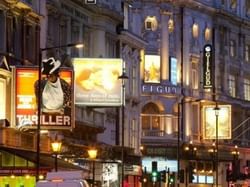
The heart of London’s theatre land is Shaftesbury Avenue. From Leicester Square to Covent Garden, there are dozens and dozens of theatres - many are listed buildings, architecturally fascinating, built in Victorian or Edwardian times. Among this feast for drama lovers, there’s a feast of good food, too. Hundreds of restaurants line the Soho streets, offering pre- theatre menus and late night entertainment.
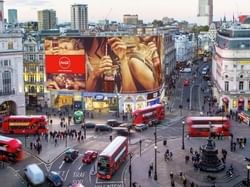
The Circus, once considered the hub of the Empire, attracts a large crowd. It was created by John Nash as part of his new road from Carlton House in St James's to Regent's Park. The Statue of Eros, officially the Angel of Christian Charity, is a memorial drinking fountain erected in 1892 to the philanthropist, Lord Shaftsbury.
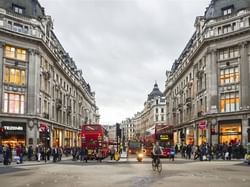
Renowned throughout the world for its shopping facilities, Oxford Street offers shoppers the very best of choice of the high street retailers in the UK. It is considered to be one of the busiest shopping areas in the country and is visited by approximately 200 million people each year.
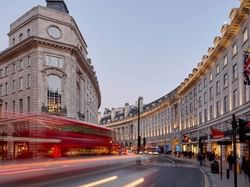
Today, it separates the up-market area of Mayfair and the vibrant party centre of London, Soho. Home to a growing annual festival and a popular shopping destination for all, Regent Street offers a large range of retail outlets. Great care is taken by its owners, the Crown Estate, to ensure that on offer is a diverse and different range of shops to that of nearby Oxford Street.
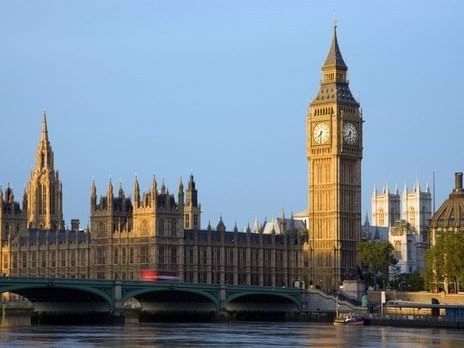
Big Ben
Contrary to popular belief, the name "Big Ben" actually refers to the bell inside this famous landmark in London, not the tower or the clock itself. The clock tower is 316 ft. high and was completed between 1858 and 1859. The Roman numerals on the clock face measure 2 feet in length and, incredibly, the clock mechanism alone weigh around five tons.
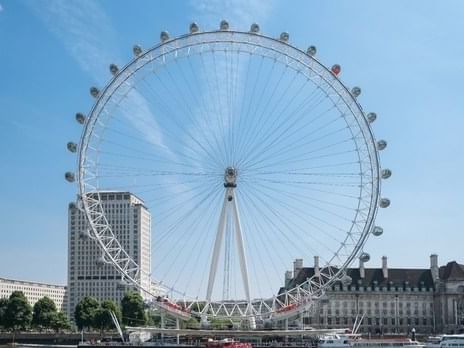
London Eye
British Airways London Eye is the world’s highest observation wheel and offers passengers amazing views of Britain’s capital city. The Eye takes guests on a 30-minute flight, rising to 450 feet above the River Thames, in 32 high tech, fully enclosed capsules.
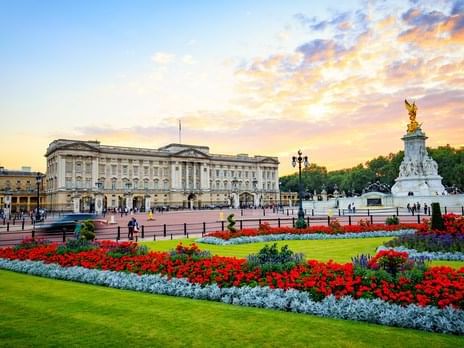
Buckingham Palace
Buckingham Palace is the official London residence of The Queen. It has been the official residence of Britain’s sovereigns since 1837 and evolved from a town house that was owned, from the beginning of the eighteenth century, by the Dukes of Buckingham. Areas of Buckingham Palace are opened to visitors on a regular basis; the State Rooms are opened in August and September each year, and the Royal Mews is open throughout the year.
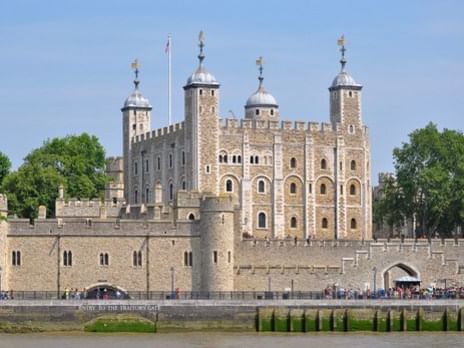
Tower of London
Begun by William the Conqueror in 1078, the Tower of London has served as a royal residence, fortress, mint, and armoury and more infamously as a place of execution. Now as the nation’s leading historic visitor attraction, this spectacular fortress on the Thames has over 900 years of British history to discover within its walls.
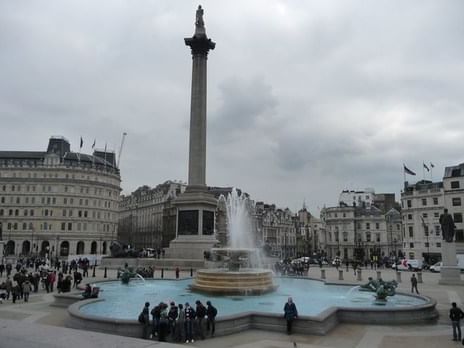
Trafalgar Square
Trafalgar Square, set in central London, is one of Britain's great tourist attractions. A visit to the capital would be incomplete without going to marvel at Nelsons Column and the four giant lions at its base, or to admire the lovely splashing fountains and to feed the pigeons, who have made their home here. Built to commemorate Admiral Nelson, the square was named after the Spanish Cape Trafalgar where his last battle was won.
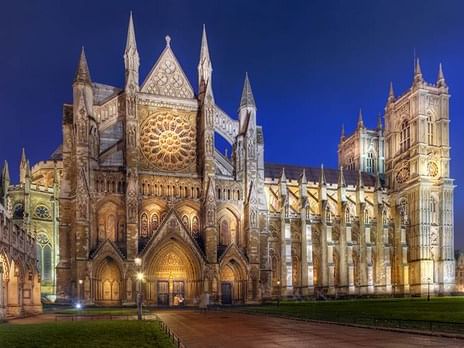
Westminster Abbey
It is indeed many different things: burial place of kings and queens, the setting for coronations and other royal events, a sculpture gallery of world importance, the home of the Order of the Bath, and a symbol of the Christian faith at the heart of the nation’s government. But it was founded as a Christian monastery and remains, to this day, first a place of worship.
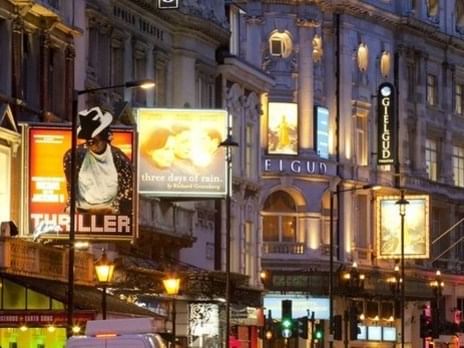
Theatre Land
The heart of London’s theatre land is Shaftesbury Avenue. From Leicester Square to Covent Garden, there are dozens and dozens of theatres - many are listed buildings, architecturally fascinating, built in Victorian or Edwardian times. Among this feast for drama lovers, there’s a feast of good food, too. Hundreds of restaurants line the Soho streets, offering pre- theatre menus and late night entertainment.
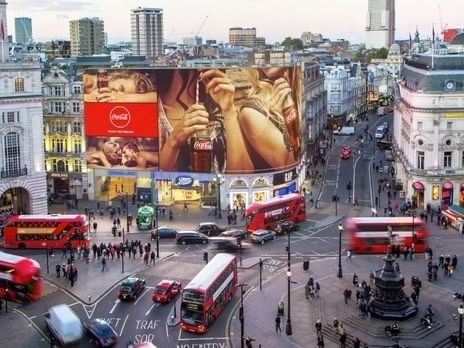
Piccadilly Circus
The Circus, once considered the hub of the Empire, attracts a large crowd. It was created by John Nash as part of his new road from Carlton House in St James's to Regent's Park. The Statue of Eros, officially the Angel of Christian Charity, is a memorial drinking fountain erected in 1892 to the philanthropist, Lord Shaftsbury.
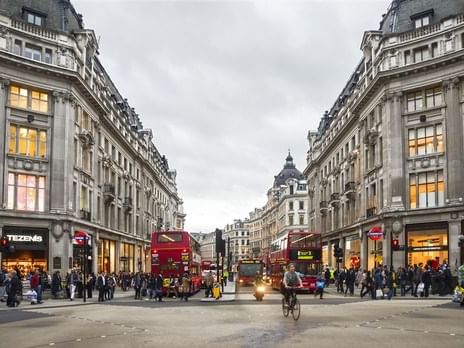
Oxford Street
Renowned throughout the world for its shopping facilities, Oxford Street offers shoppers the very best of choice of the high street retailers in the UK. It is considered to be one of the busiest shopping areas in the country and is visited by approximately 200 million people each year.
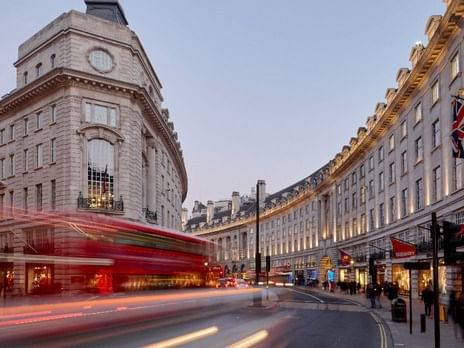
Regent Street
Today, it separates the up-market area of Mayfair and the vibrant party centre of London, Soho. Home to a growing annual festival and a popular shopping destination for all, Regent Street offers a large range of retail outlets. Great care is taken by its owners, the Crown Estate, to ensure that on offer is a diverse and different range of shops to that of nearby Oxford Street.
